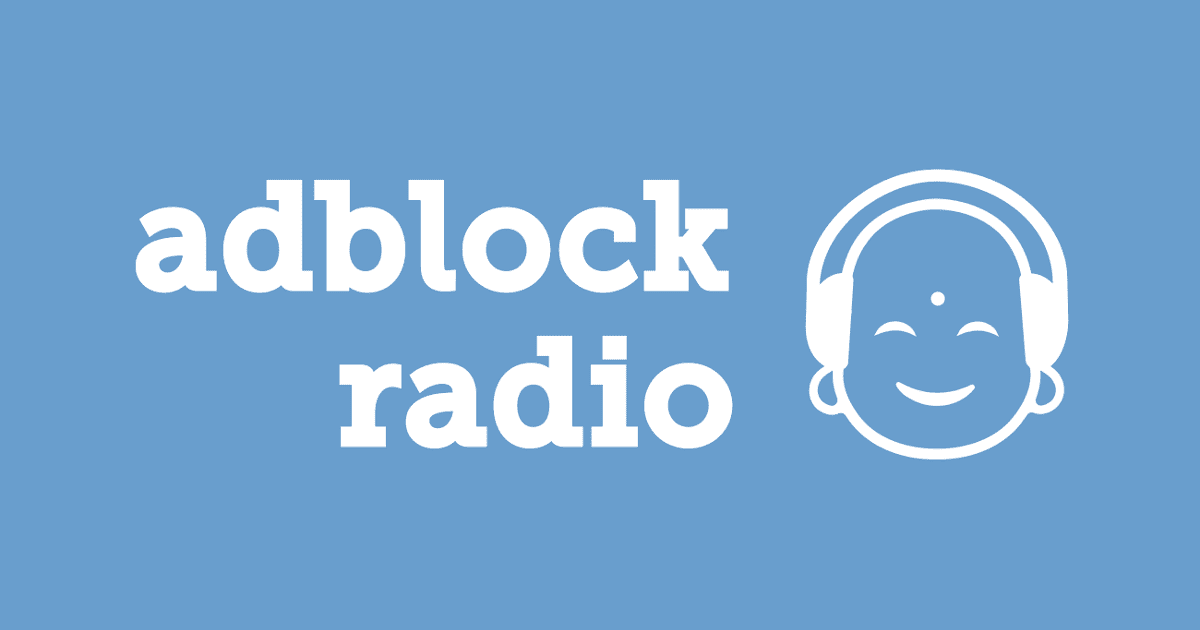
In the next article we are going to take a look at Radio Tray. It's about a online radio streaming player running in the systray. Its objective is to have the minimum possible interface, being very easy to use.
This is a simple player that lives in the system tray. Clicking on the Radio Tray icon will present us with a list of pre-configured online radios. When you select one of those radios, it will start playing. Although it must be said that after a long time without updates, the best thing is add our own favorite stations to hear what we like the most.
Today in the Gnu / Linux world we can find many good Music players that offer us options for Internet radio transmission. While we may find this option in our favorite music player, you may not always want to open and run your resource-hungry media player.

Radio Tray is not a typical full-featured music playerIf you are looking for a simple application with a minimal interface to listen to online radios, this is a good option.
General characteristics of Radio Tray
- Plays most multimedia formats (based on gstreamer libraries).
- Support of markers.
- Very easy to use.
- Supports list format play PLS (Shoutcast / Icecast). Also supports playlist formats M3U, ASX, WAX and WVX.
- We can add the URLs of our favorite stations in very few steps.
- Es extensible through plugins.
These are just some of the features. All of them can be consulted in more detail from the project website. We will be able to find the source code in bitbucket.
Install Radio Tray on Ubuntu
Radio Tray is available in the official Ubuntu repositories and it can be easily installed via the command line using apt. Therefore, in order to have the program, in a terminal (Ctrl + Alt + T) we will only have to write the following commands:
sudo apt update
This first command will help us to install the latest version of software available from the Internet. Although the latest version available has been around for some time, once the update of the list of available software is finished, we are ready to install Radio Tray. We will achieve this by writing the command in the same terminal:

sudo apt install radiotray
The system will offer us the Y / n options to continue installation. If we select S and click Intro the software will be installed on our system. The process may take more or less time, depending on our internet speed.
Another option to have this program will be the possibility of download the .deb package from their page on sourceforge. The installation of this package will be the same as with other packages of the same type. In a terminal (Ctrl + Alt + T) we will only have to write:
sudo dpkg -i radiotray_0.7.3_all.deb
If the terminal returns dependency errors, we will solve them by typing:

sudo apt install -f
After the installation that best suits us, we will only have to look for the program launcher on our system.

Launch Radio Tray
Once the program is launched, we will see its systray icon. If we click on this icon, the menu with the available options will be shown.
We will find a series of radio stations depending on their genre, although they also we can configure radios for ourselves using the Preferences menu. We can get the URLs from a site like Radio.es.
uninstall
Removing this program from the system is as simple as installing it. In a terminal we will only have to write:

sudo apt remove radiotray && sudo apt autoremove
As we have seen, Radio Tray does not replace our media player. It is useful for the task for which it was intended, which is basically play Internet radio without consuming many computer resources. If you are an avid radio broadcast listener, Radio Tray is worth a try.

Is it still developing?
I do not think so. Salu2.